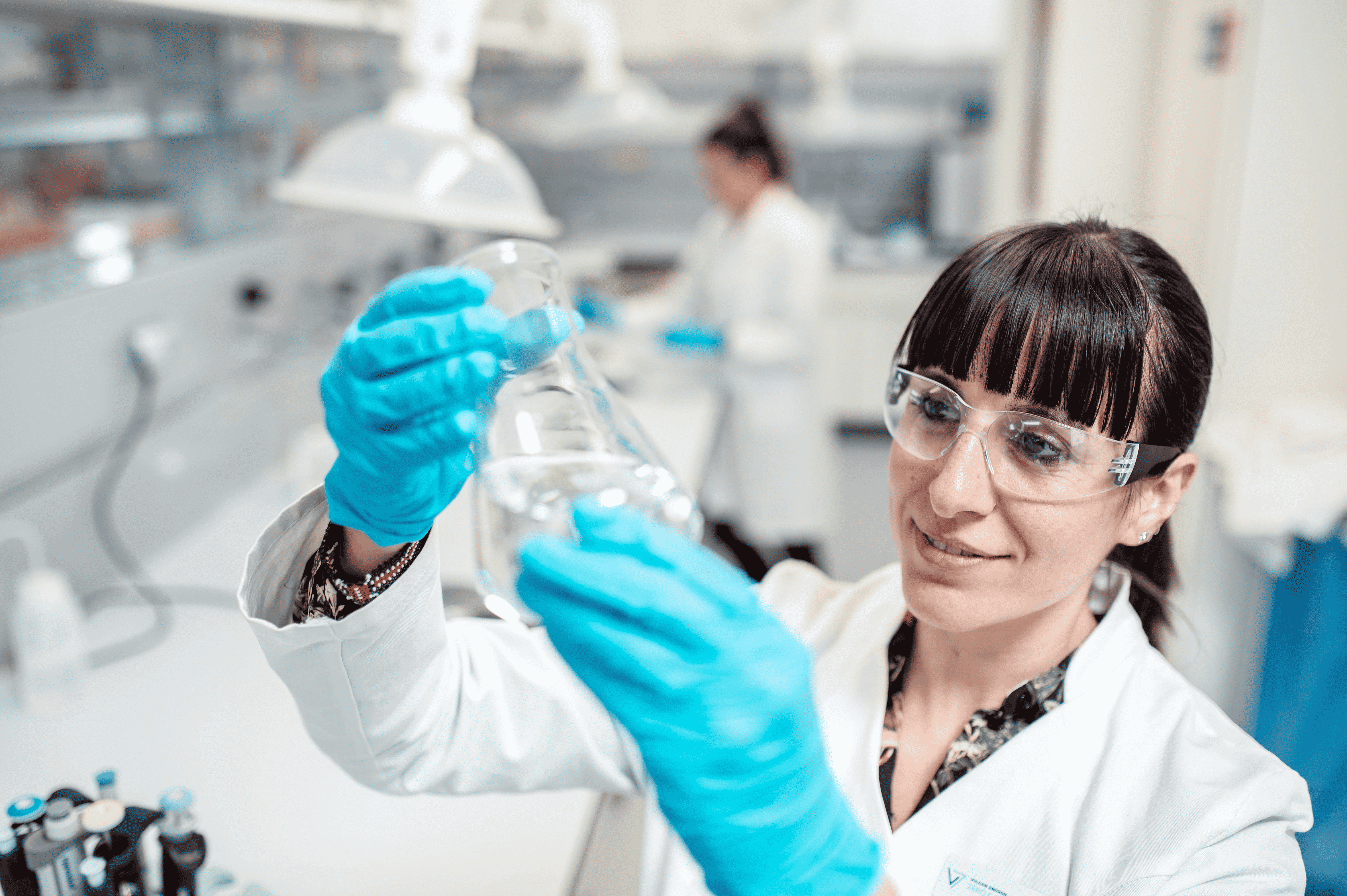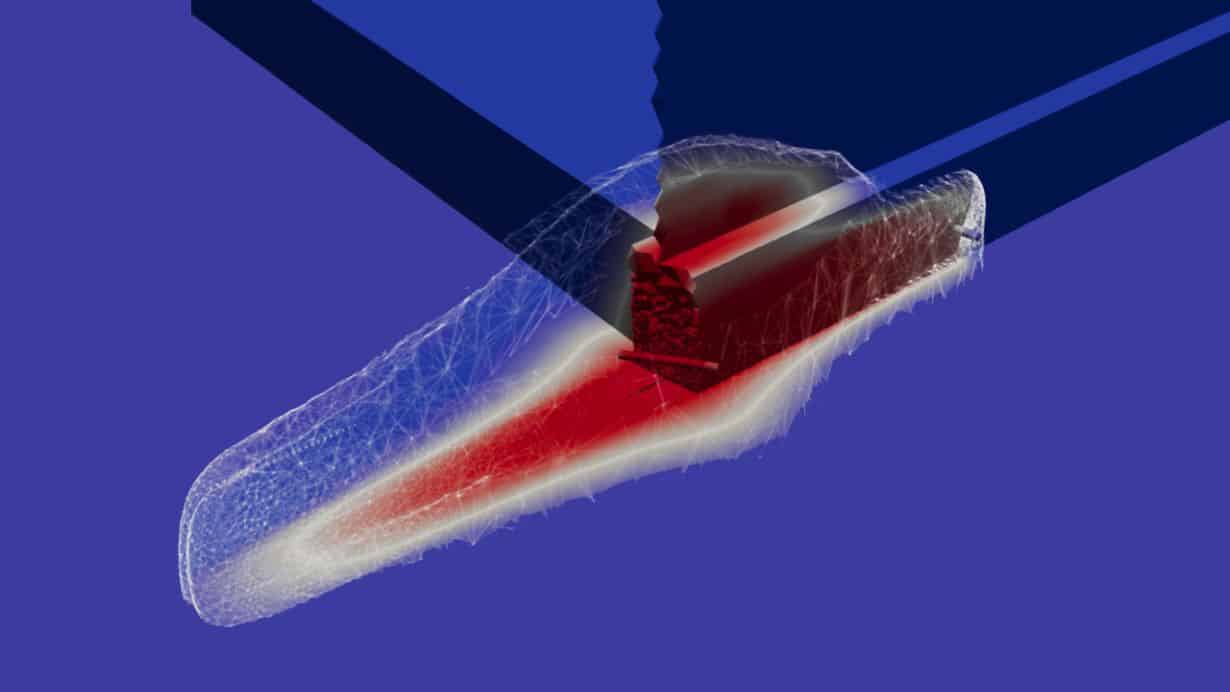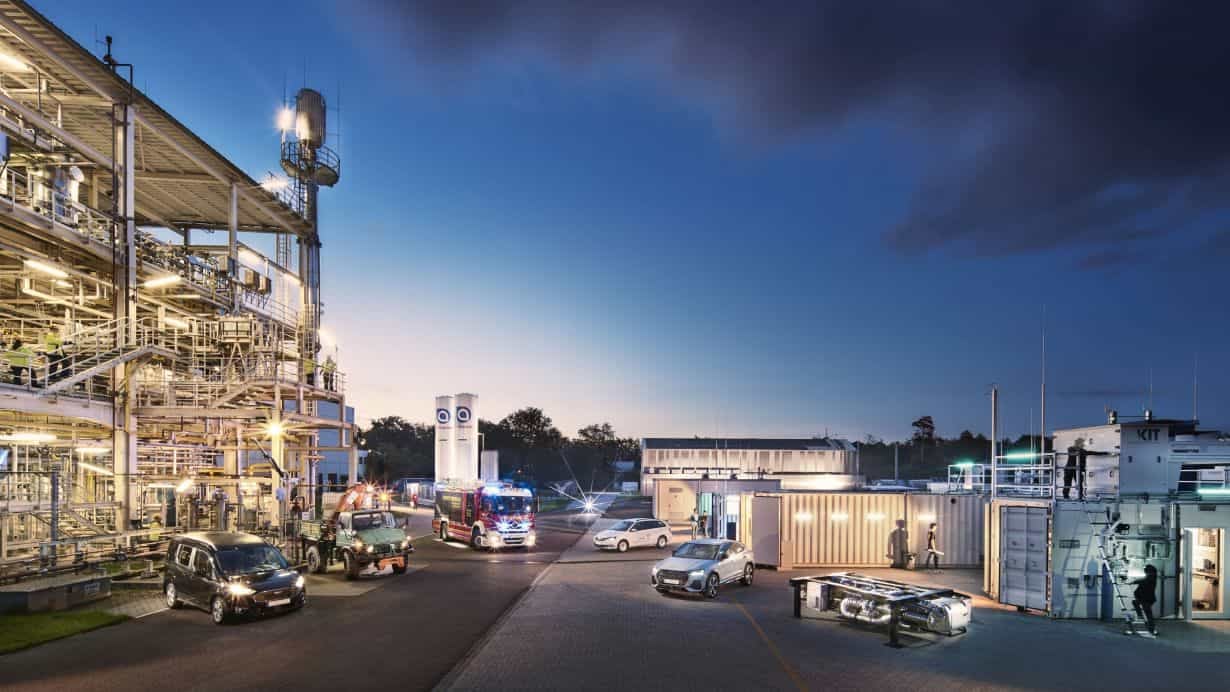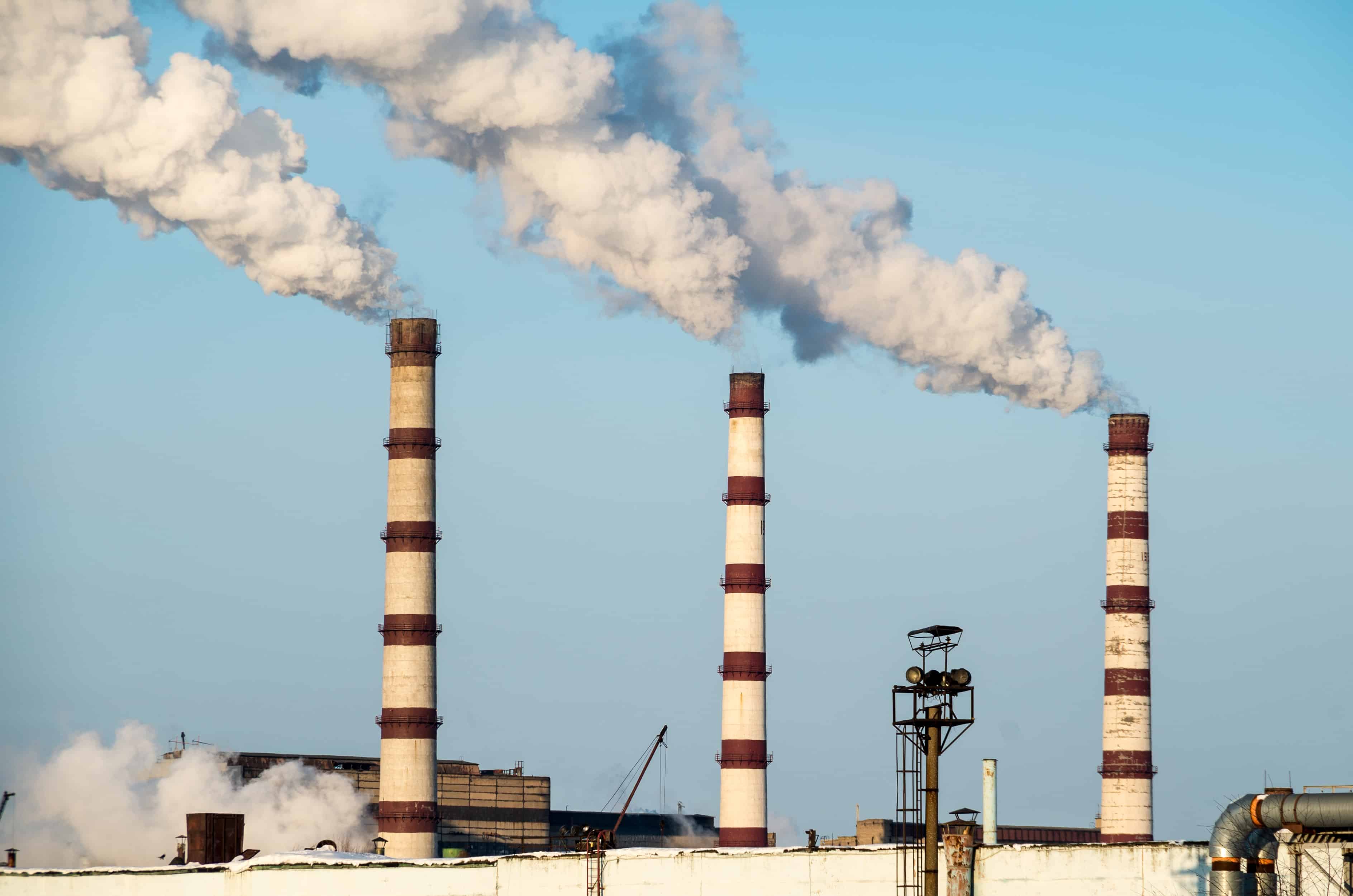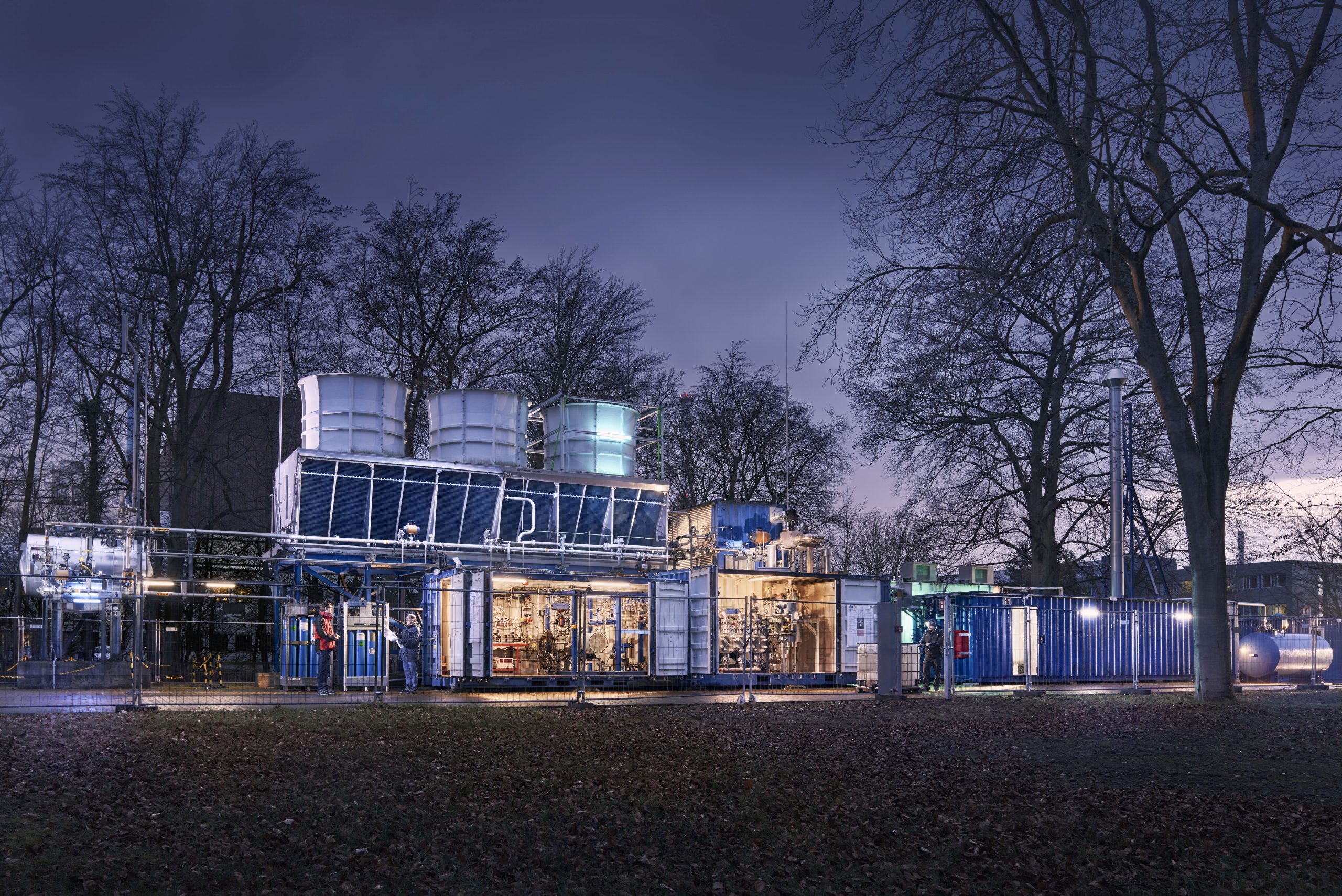
More and more research projects are focusing on utilizing waste heat instead of letting it just dissipate unused. In general, this is still the case for the most part. But to make the energy supply truly sustainable, this waste heat must be included, since this low-temperature heat from industry or geothermal power plants has great potential to become part of a sustainable and demand-oriented power supply. This is why the MoNiKa (Modular Low Temperature Cycle Karlsruhe) power plant technology center, a unique research infrastructure in Europe, has gone into operation at the Karlsruhe Institute of Technology (KIT).
“Instead of discharging heat, which is available as surplus anyway, into the environment, it makes more sense to use it further to produce electricity,” explains Dr. Dietmar Kuhn, head of the Energy and Process Engineering group at the KIT Institute for Thermal Energy Technology and Safety (ITES). To use this heat at a temperature of less than 200 degrees Celsius to supply electricity to private households, excess heat will be converted into electricity in so-called organic Rankine cycles (ORC).
Increased efficiency
In such a plant, a liquid is pumped in a liquid-steam cycle and heated under increasing pressure until it evaporates. A turbine then extracts the pressure and temperature from the vapor and converts it into kinetic energy and electricity. A minor difficulty, however, is the fact that the boiling point of water under pressure is several hundred degrees. This is significantly higher than what a low-temperature source such as geothermal heat can provide. For this reason, the ORC process uses different fluids as working media than a coal-fired power plant, for example. The scientists at MoNiKa work with propane, which has a very low GWP (Global Warming Potential) factor at high efficiency.
MoNiKa also aims to solve the problem of the low efficiency of energy production with waste heat. Up to now, the electricity yield of ORC plants has been just 10 to 15 percent. The Karlsruhe scientists therefore want to develop new strategies to increase the efficiency of ORC plants, thereby reducing their carbon footprint. “MoNiKa offers a state-of-the-art research and development infrastructure that is unique in Europe,” Kuhn emphasizes. As a result, he says, the steam cycle in the pilot plant is operated in a supercritical mode, unlike in most ORC power plants. That is, “In terms of temperature, pressure and density, the so-called ‘critical point’ is exceeded at which a gas becomes liquid and vice versa, and the phase transitions become fluid.” This could increase electricity yield by twenty to thirty percent, Kuhn says.
From research to implementation
The pilot plant is modular in design and the low-temperature heat source is simulated using a heating system. For this purpose, it is equipped with extensive sensor technology to measure temperatures, pressures and flow rates. This way data from ongoing operations can be compared with model calculations, increasing the quality of forecasts. The scientists want to use these data to “analyze central components such as the heat exchanger or the innovative hybrid condenser and optimize them to operate in a more energy-efficient and environmentally friendly way.” Among other things, the aim is also to reduce or completely avoid leakages in the working circuit.
At one megawatt, MoNiKa’s thermal output is of a magnitude that will allow the research results to be transferred to practical applications and scaled up. The first experiments are already underway at the pilot plant, where Kuhn and his team are working with industrial partners to identify research topics and needs, among other things. The large-scale investment project under which the power plant pilot plant was built at ITES ran from 2013 to 2021 and was funded by the German Federal Ministry of Education and Research with €4.4 million. In the future, the pilot plant will be used primarily for application-oriented research projects and linked to KIT’s Energy Lab 2.0 in the long term.
More articles on the topic of waste heat can be found here.
Cover photo: The MoNiKa power plant pilot plant is to be used primarily for application-oriented research projects (Photo: Markus Breig/Amadeus Bramsiepe, KIT)



